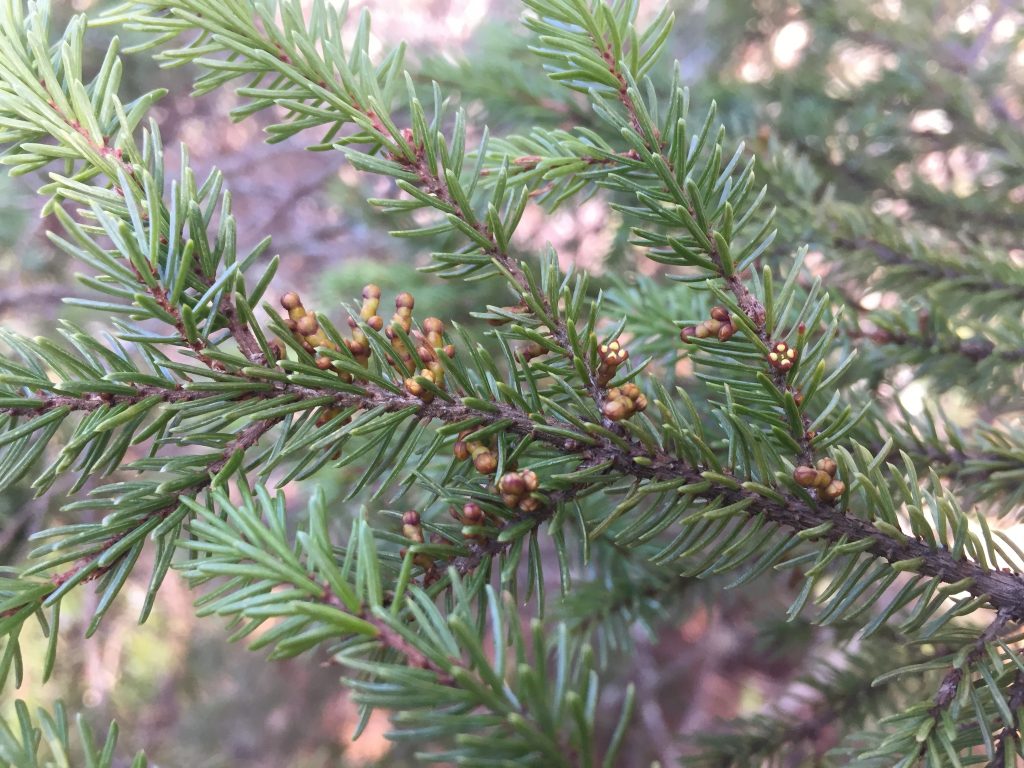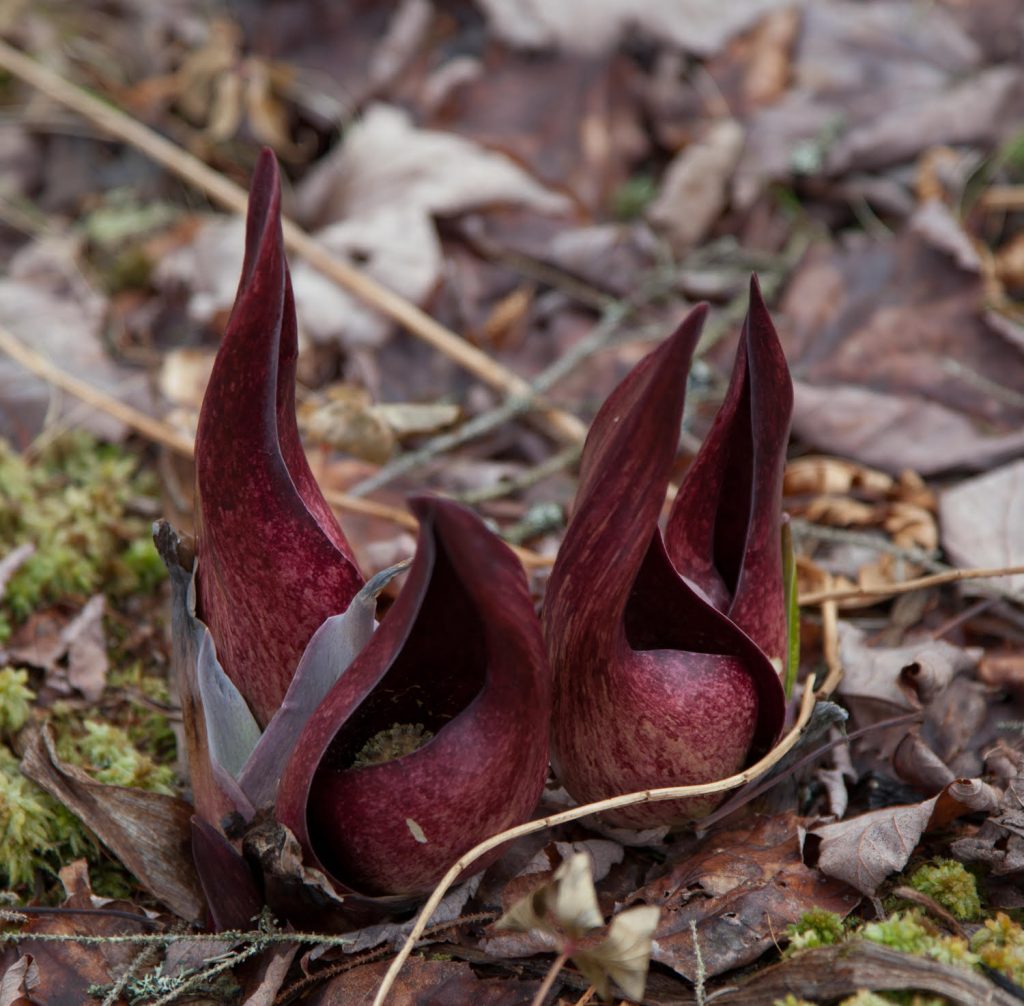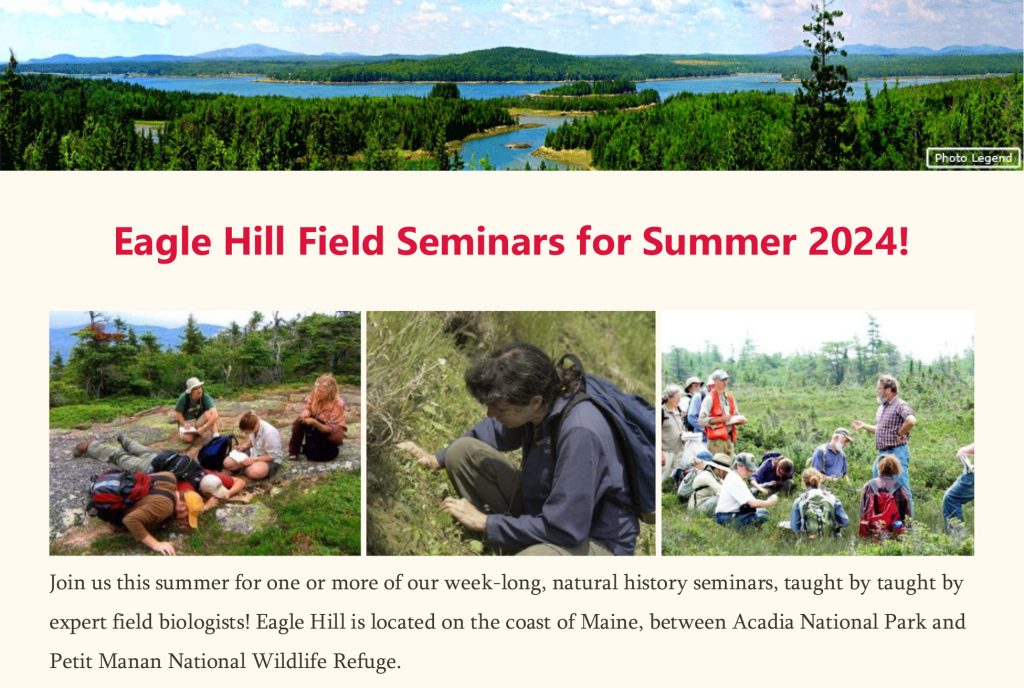Saturday, 27 April, 2024, 9:00AM: Halifax Field Naturalists City Nature Challenge Walk (CNC) (iNaturalist)
Dr. Sean Haughian, Curator of Botany and interdisciplinary ecologist at the Nova Scotia Museum, has graciously offered to lead a HFN CNC walk on Saturday, April, 27th. Due to Sean’s very considerable experience and nature knowledge, this walk presents an excellent opportunity for all to learn of nature’s secrets. The walk will take us through Hemlock Ravine’s diverse areas with a wide variety of plants for the CNC records. On this walk, he’ll concentrate on locating and identifying different species of moss and lichen along the way. He recommends we bring a 10 x 16 hand-lens (loupe). He will take along a few spare loupes with him.
Note: registration is required for communication purposes and because attendee numbers may be limited. Also note, for CNC (iNaturalist) purposes your iNaturalist identification information is required when registering. It’s worth testing the app prior to the walk and anyone needing iNaturalist set-up help please contact Mary Kennedy at cnc2019hrm@gmail.com
Rain Date: Sunday, April 28
Contact: Bernie McKenna, 902-434-3202, or mckennab197@gmail.com
Time: Place: 9:00 am start / Hemlock Ravine Park, 40 Kent Ave. Halifax
Directions: Kent Ave. is west off of Bedford Highway
Difficulty: Moderate off-trail walking, waterproof footwear (rubber boots) and warm clothing is recommended. Also, ticks are out and about.
Duration: 2 – 3 hrs.
Saturday, 27 April, 2024, 1:00PM: David Patriquin – City Nature Challenge Walk (CNC) (iNaturalist) at Sandy Lake
Details are at: http://versicolor.ca/
May be full
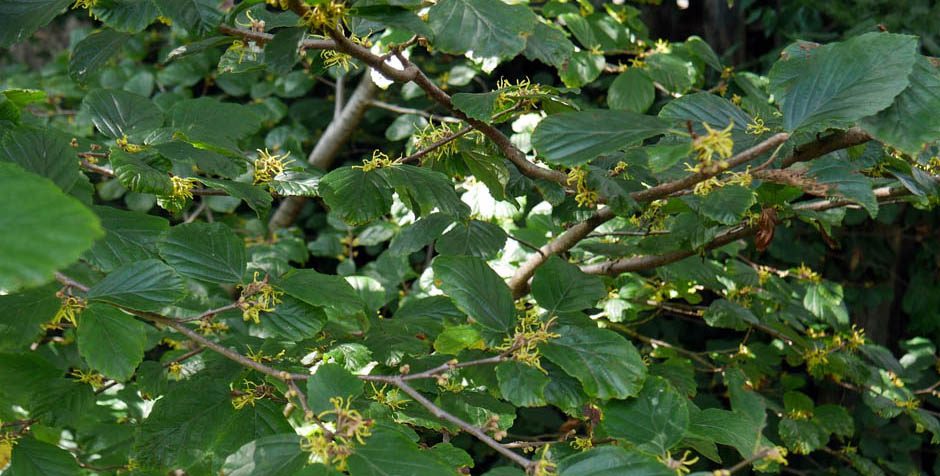
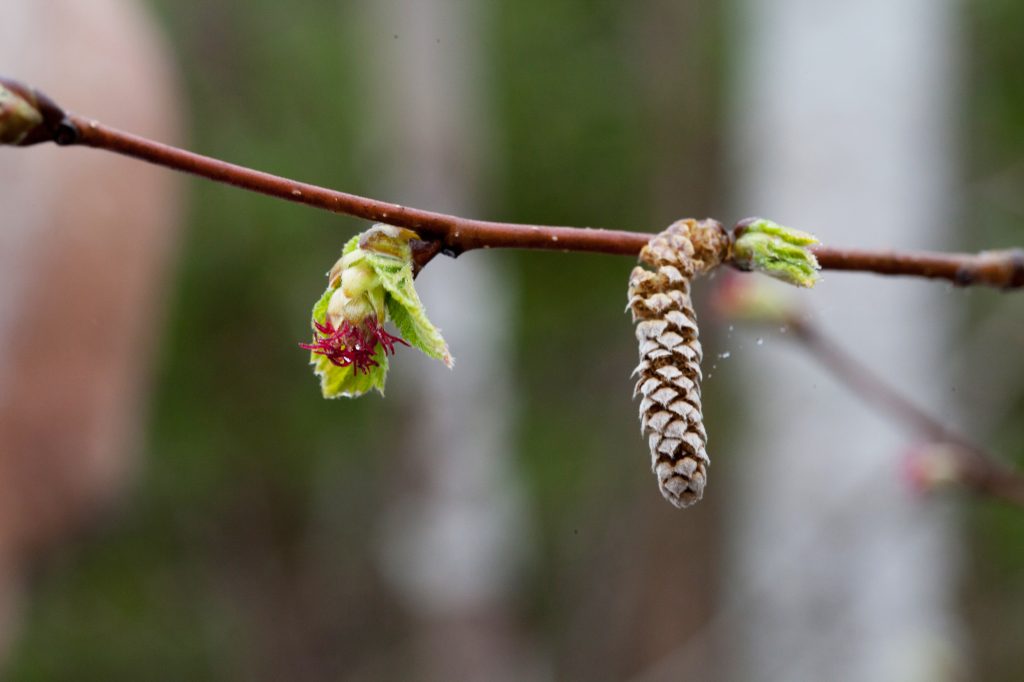
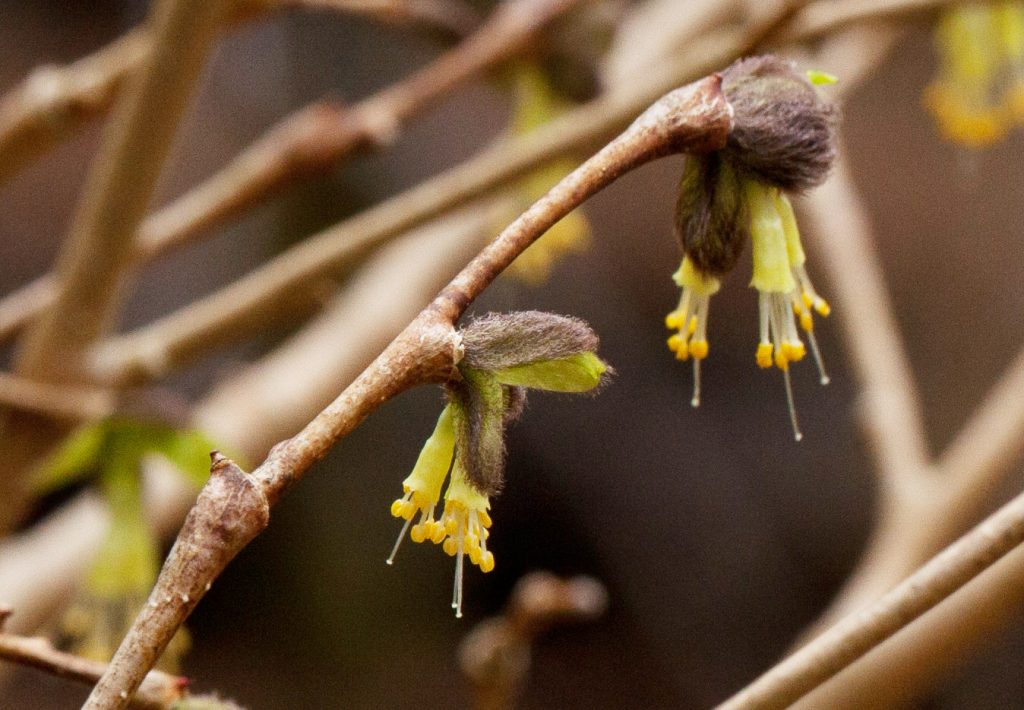
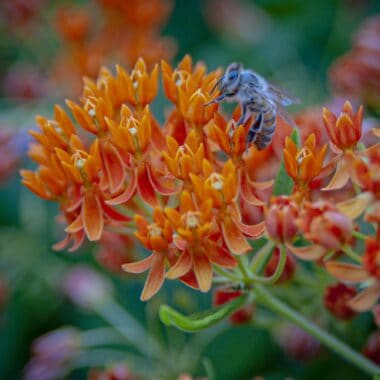 One of the best sources of ethically grown native plants is the Native Plant Sale at the Harriet Irving Botanical Gardens at Acadia University in Wolfville. This year it is on Saturday June 1 between 9:00AM and 12:00PM – and some of the limited stock often sells out early.
One of the best sources of ethically grown native plants is the Native Plant Sale at the Harriet Irving Botanical Gardens at Acadia University in Wolfville. This year it is on Saturday June 1 between 9:00AM and 12:00PM – and some of the limited stock often sells out early.
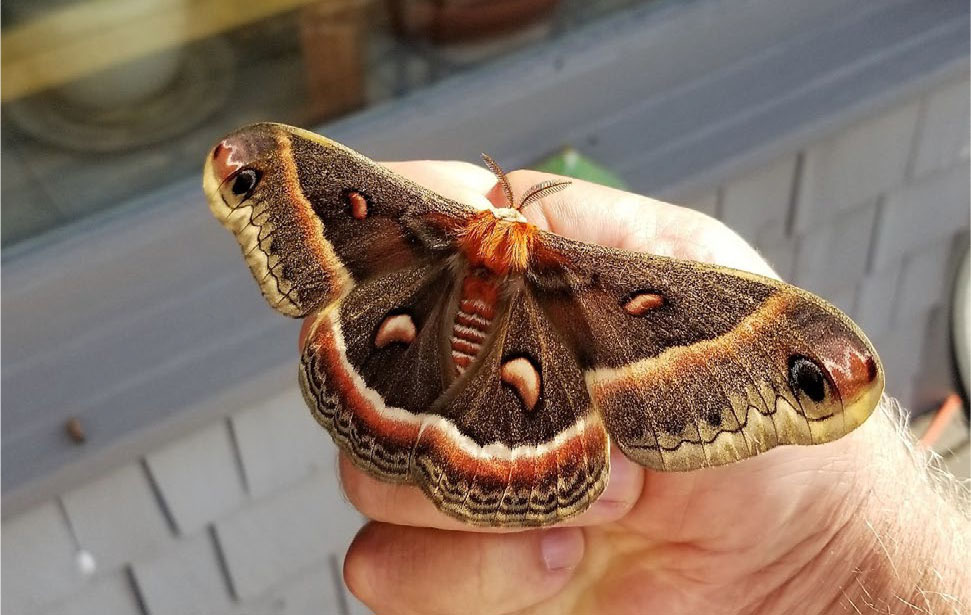

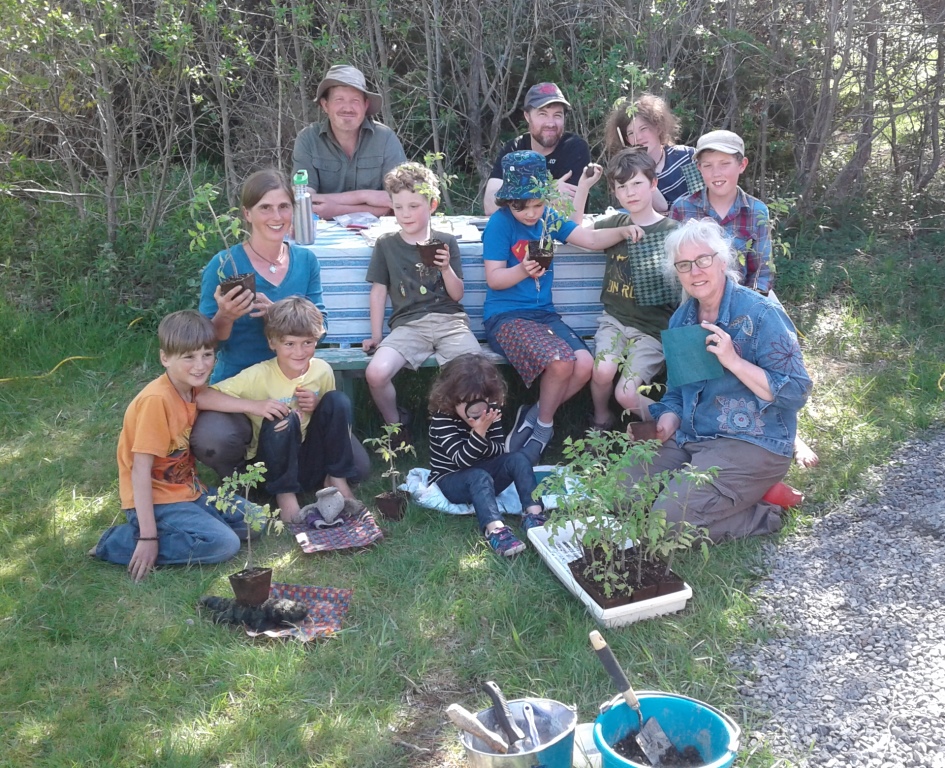
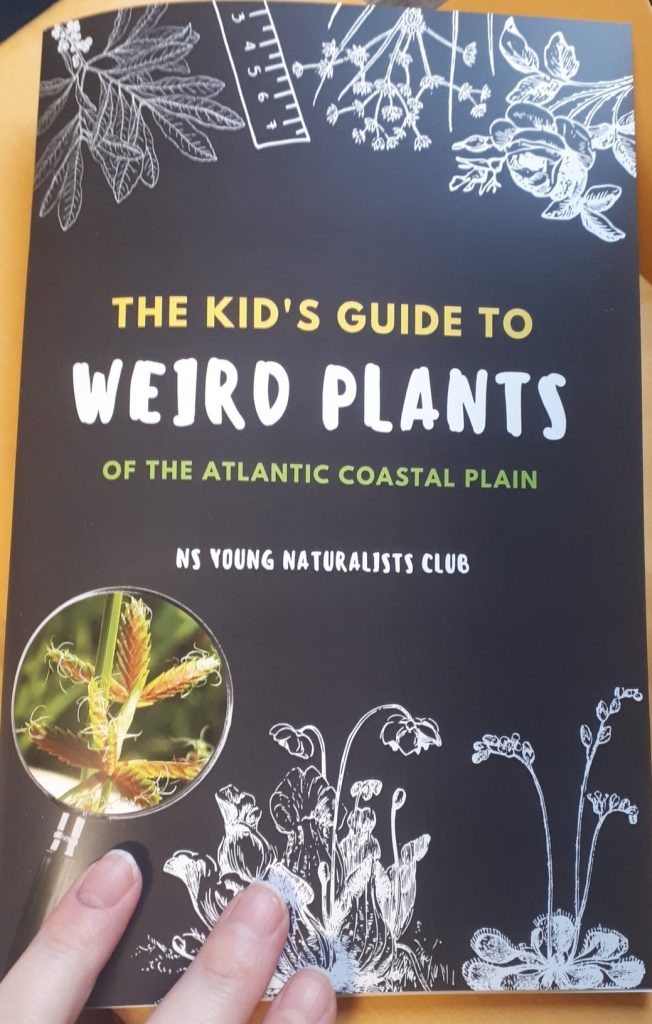 They repeated the trip in 2023 and chose educational signage as their science communication topic, drafting signs that could be placed in and around national or provincial parks in the area. They’re hoping to make that a reality this or next year, but really the best part of both trips has been just letting the kids explore and draw and ask questions.
They repeated the trip in 2023 and chose educational signage as their science communication topic, drafting signs that could be placed in and around national or provincial parks in the area. They’re hoping to make that a reality this or next year, but really the best part of both trips has been just letting the kids explore and draw and ask questions.